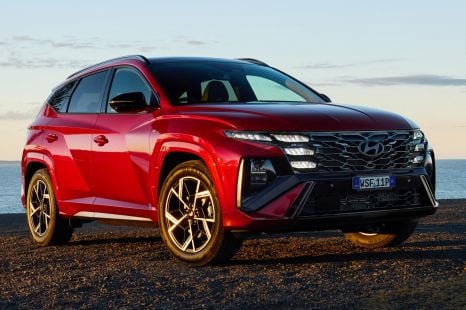

James Wong
6 Days Ago
Volkswagen may be rolling out a raft of new electric vehicles, but it's also looking at introducing more plug-in hybrids in Australia.

News Editor


News Editor
Volkswagen’s local boss says more plug-in hybrids (PHEVs) are on the way, which will sit alongside new electric vehicles (EVs).
The Volkswagen brand currently has just one plug-in hybrid in Australia, the Touareg R, with previously mooted PHEV versions of the Golf and Tiguan yet to appear in local showrooms.
“Just one is not enough,” Volkswagen Group Australia managing director Karsten Seifert told CarExpert.
“It will take some time as usual but we will speed up. The new technology was just coming and so there will be not just one BEV or… one solution.
100s of new car deals are available through CarExpert right now. Get the experts on your side and score a great deal. Browse now.
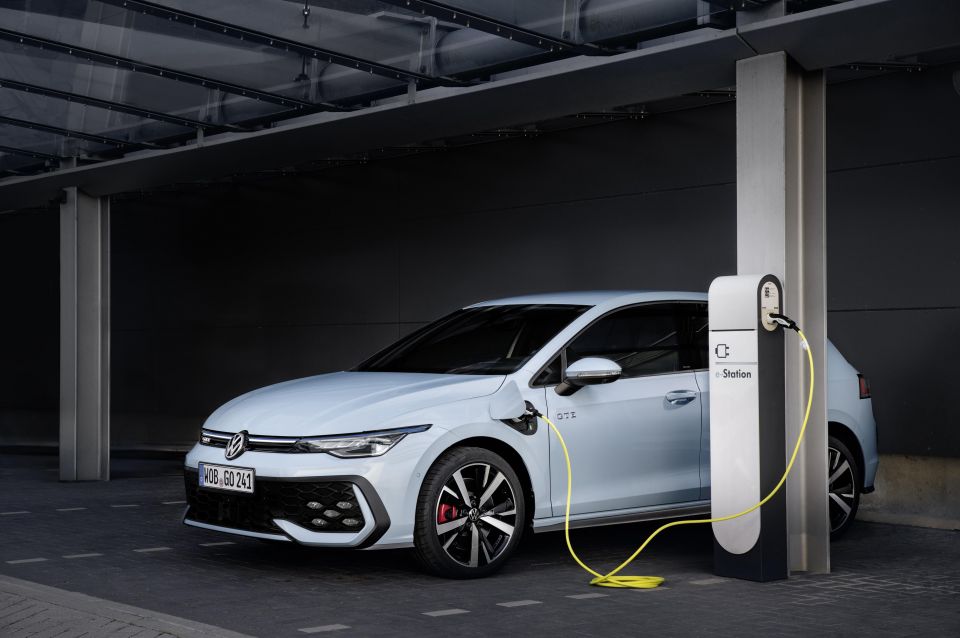
“I think there needs to be a varied range of giving the customers the choice, and PHEV is part of that.
“[We are starting] BEV launches of various cars, and we will have by the end of 2025-26… more PHEV and BEV.”
As for which PHEVs Volkswagen will introduce, Mr Seifert said the company will target popular segments.
“I would go step by step and first we should make sure that we get some cars into the volume segments,” he said.
That would make a PHEV version of the new Tiguan a logical choice.

When asked if the mid-sized SUV segment was indeed where Volkswagen was looking first, Mr Seifert replied, “That is where we’re looking at and where we have to find quickly solutions.”
The company has thus far confirmed only PHEV versions of the Transporter van and Caravelle people mover, which are due in the second quarter of 2026.
Volkswagen currently offers PHEV versions of the Tiguan, Touareg, Golf and Passat in Europe.
The new Tiguan eHybrid features a 19.7kWh battery, practically doubling the range of its predecessor to offer up to 120km of range on the WLTP cycle.
The battery can be charged at up to 11kW on AC power and at up to 50kW at a DC fast charger.
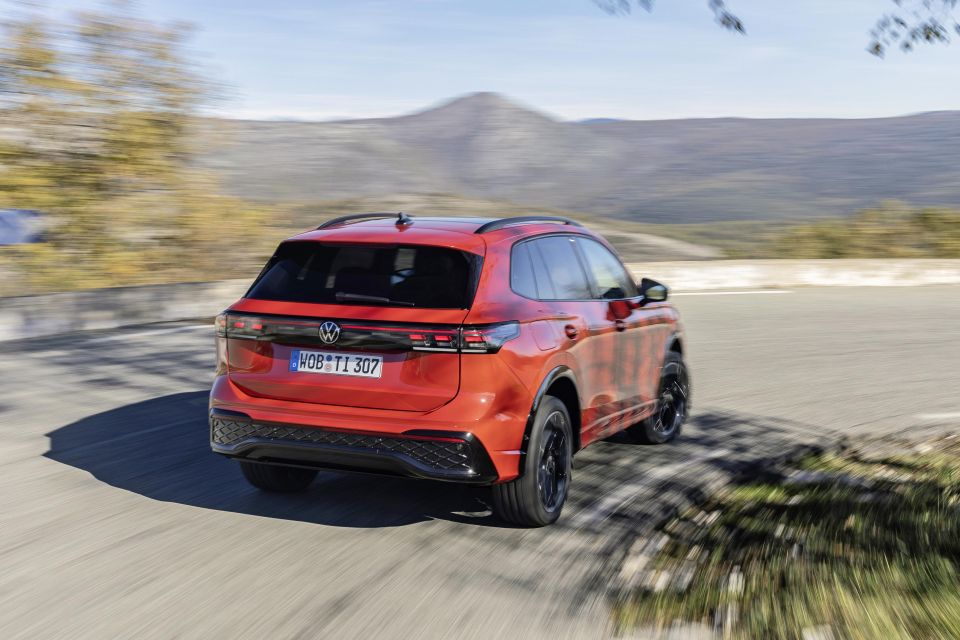
The Tiguan eHybrid also features an 85kW electric motor and a turbocharged 1.5-litre four-cylinder engine with either 110kW or 130kW of power.
PHEV versions of the updated Mk8.5 Golf also use the same battery. The eHybrid has a total system output of 150kW and electric range of up to 143km, while the sportier GTE has 200kW and 131km of range.
In 2022, the company said it was working to follow the Touareg R up with the Tiguan eHybrid and Golf GTE PHEVs, before subsequently saying it would wait for the facelifted Golf before bringing a plug-in version of the hatch here.
The Mk8.5 Golf range is due here in the second quarter of 2025.
In the meantime, fellow Volkswagen Group brands Cupra and Audi have been left to fly the PHEV flag for the German giant Down Under.
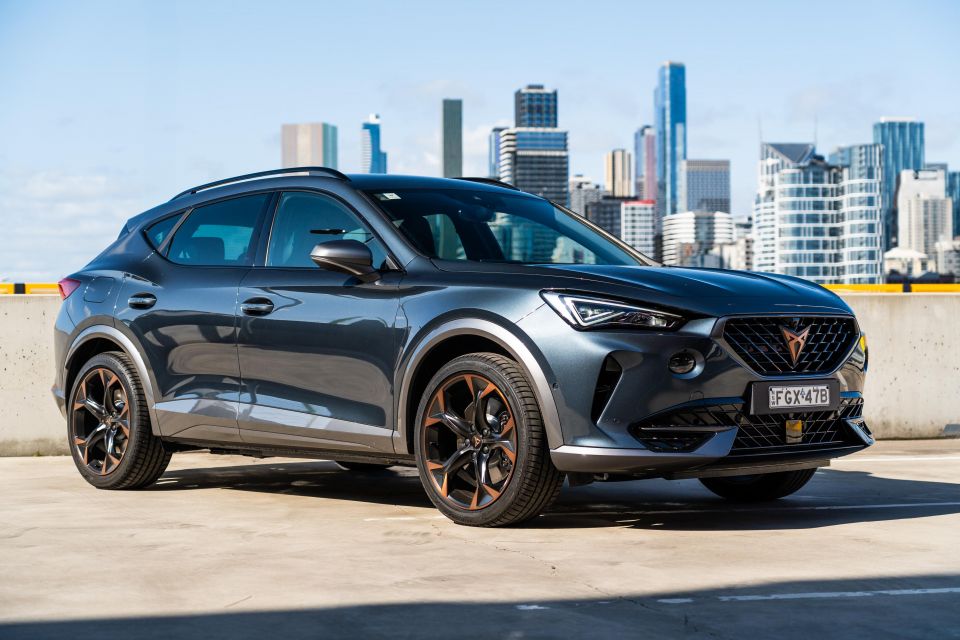
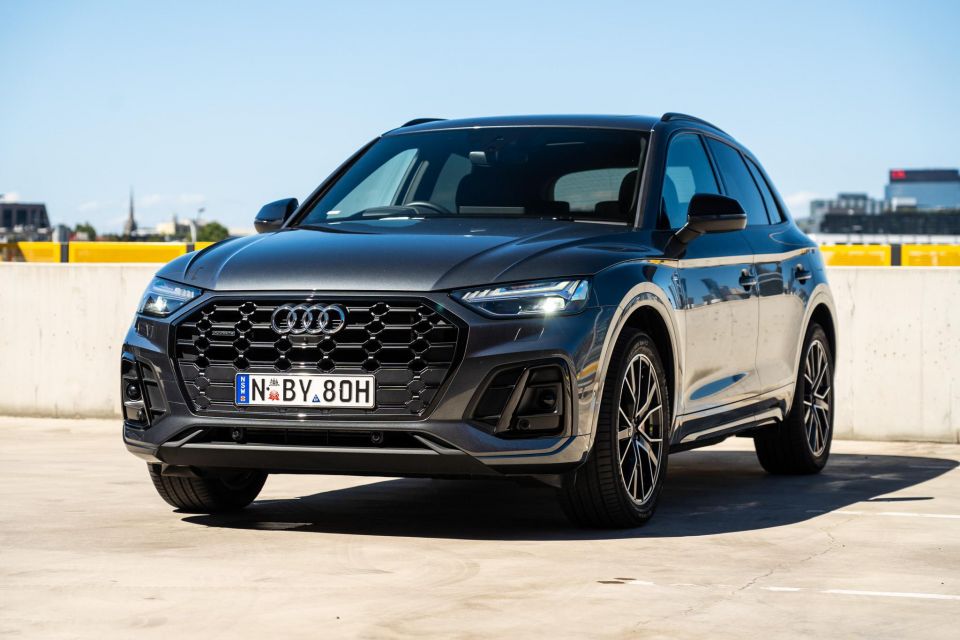
Cupra has PHEV versions of the Formentor and Leon, while Audi has the Q5 and Q8.
To the end of September this year, Cupra has sold 431 Formentor VZe models, making it Australia’s seventh best-selling PHEV.
With the New Vehicle Efficiency Standard (NVES) coming into effect next year, numerous companies are looking to PHEVs to help offset higher-emitting vehicles and meet emissions targets.
Volkswagen will have help meeting emissions targets in the form of a range of new EVs, with the ID.4 and ID.5 SUVs, ID. Buzz Cargo van and ID. Buzz people mover all launching before the end of 2024.
It has also confirmed it plans to introduce the smaller ID.2 and ID.3 at some point beyond this year.
Take advantage of Australia's BIGGEST new car website to find a great deal on a Volkswagen.
William Stopford is an automotive journalist based in Brisbane, Australia. William is a Business/Journalism graduate from the Queensland University of Technology who loves to travel, briefly lived in the US, and has a particular interest in the American car industry.


James Wong
6 Days Ago
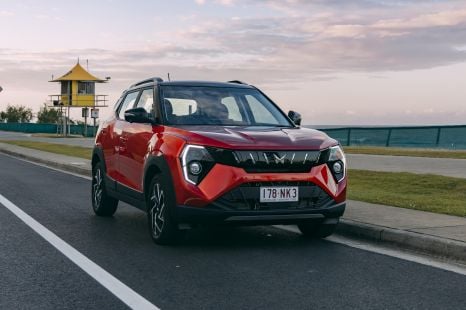

Damion Smy
4 Days Ago
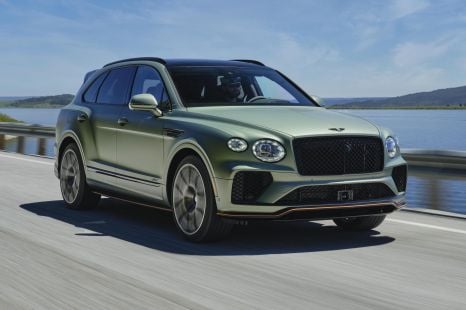

Paul Maric
4 Days Ago
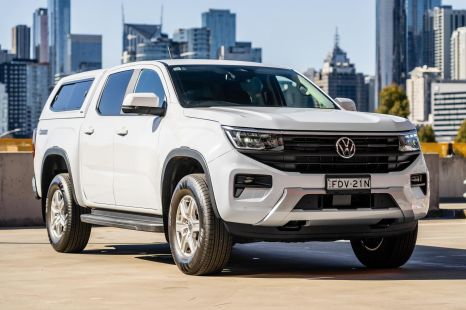

Max Davies
3 Days Ago
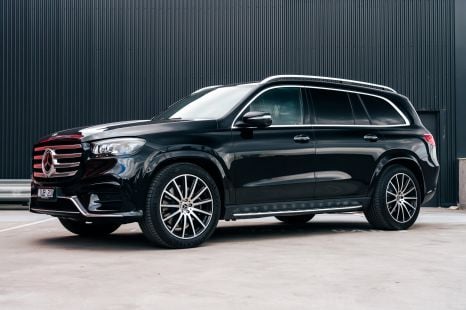

James Wong
2 Days Ago


Matt Campbell
18 Hours Ago